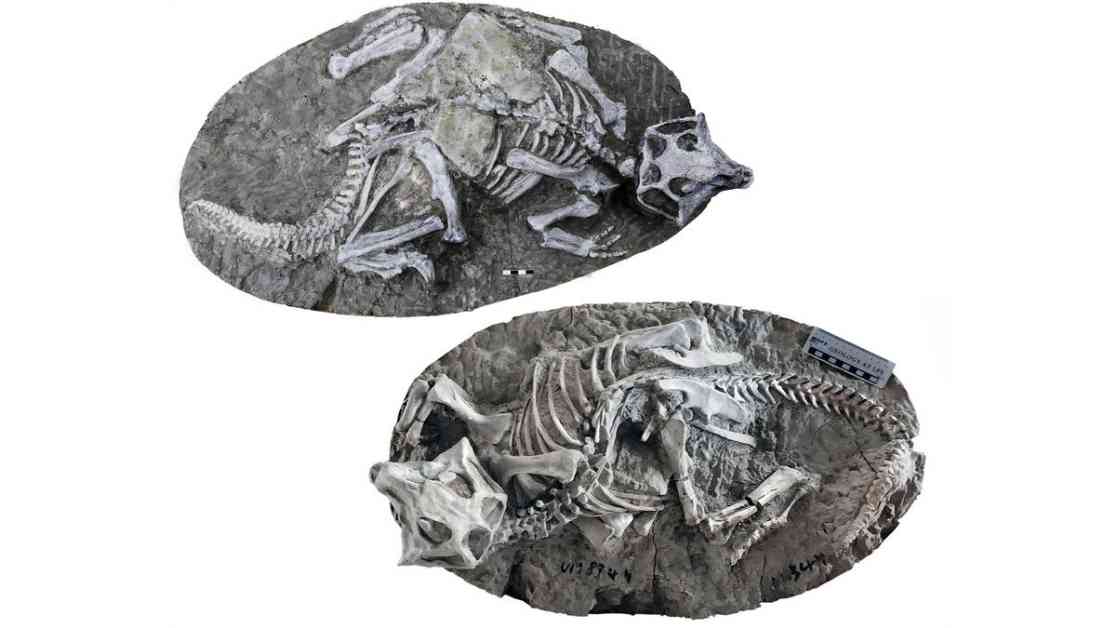The Yixian Formation in China has long been known as the “Pompeii” of the dinosaur world, holding some of the best-preserved fossils on Earth. These fossils provide a glimpse into life 130 million to 120 million years ago and have been a treasure trove for paleontologists for decades.
While researchers initially believed that volcanic ash was responsible for preserving these fossils, a new study suggests a different story. The fossils may have actually been buried in collapsed burrows, rather than entombed by volcanic eruptions. This surprising twist challenges previous theories about the preservation of these ancient creatures.
The Yixian Formation has yielded well-preserved specimens, including animals with internal organs, feathers, scales, fur, and even stomach contents. Recent excavations have uncovered an early mammal engaged in mortal combat with a small dinosaur, providing valuable insights into prehistoric life.
Scientists analyzed zircon samples taken from the fossils to determine how they were preserved. The results indicated that the fossils were rapidly deposited around 125.8 million years ago, within a period of just 93,000 years. This rapid deposition was likely caused by three periods of wet weather, which led to the quick burial of many deceased creatures and prevented decomposition.
While previous theories suggested that volcanic activity was responsible for preserving the fossils, the new study challenges these ideas. The researchers argue that lahars and pyroclastic flows, commonly associated with volcanic eruptions, would likely have destroyed the fossils rather than preserving them. Instead, they propose that sudden burrow collapses, possibly caused by unstable ground due to wet weather, were responsible for the fossils’ preservation.
The findings of this study shed new light on the preservation of the Yixian fossils and challenge long-standing theories about their origins. These discoveries are a valuable contribution to our understanding of prehistoric life and highlight the importance of reexamining existing theories in light of new evidence.










